
Federal grant bolsters Rice eye research
A Rice University researcher has won a prestigious federal grant to study how a recently identified protein in the cornea aids development, homeostasis and wound healing in the eye.

Federal grant bolsters Rice eye research
A Rice University researcher has won a prestigious federal grant to study how a recently identified protein in the cornea aids development, homeostasis and wound healing in the eye.

Janet Braam named interim dean of natural sciences
Rice University bioscientist Janet Braam has been appointed interim dean of the Wiess School of Natural Sciences.

Almost gone but never forgotten
Julianne Yost wins this year’s top teaching award, the George R. Brown Prize for Excellence in Teaching.

D2K Lab awards top teams at virtual showcase
A study to classify unlabeled electrocardiograms in adults won the top prize in this year’s Rice University Center for Transforming Data to Knowledge spring showcase.
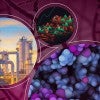
Rice to offer new master's degree in applied chemical sciences
Rice is offering a new master's degree in applied chemical sciences that combines advanced coursework in science and management with business training and hands-on experience.
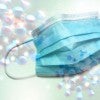
Rice awards first COVID-19 research grants
The Rice University COVID-19 Research Fund Oversight and Review Committee announced it will support projects to develop affordable diagnostic tools, seals to maximize the efficiency of surgical masks, a system to identify signs of the coronavirus in Houston wastewater and methods to ensure voter safety this fall.
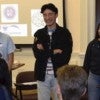
Rice student mentors switch gears, go online
Rice University’s BIOC 129 class was always a model of “paying it forward,” but extraordinary circumstances have prompted it to go the extra mile.
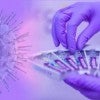
As part of a coordinated effort to combat COVID-19, Rice University has established a research accelerator fund to support projects intended to help end the pandemic and prepare for similar outbreaks in the future.
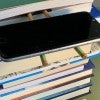
As the COVID-19 crisis plays out, Rice University faculty have been proactively making the best of a difficult situation for their students.
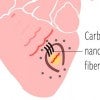
Heart nanofibers in STAT Madness semifinals
Texas Heart Institute and Rice University’s heart-saving nanotube fibers have advanced to the semifinal round of STAT Madness.
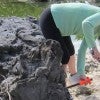
Coral tells own tale about El Niño’s past
Researchers from Rice and Georgia Tech studied ancient Pacific corals to improve computer model predictions of El Niño events.